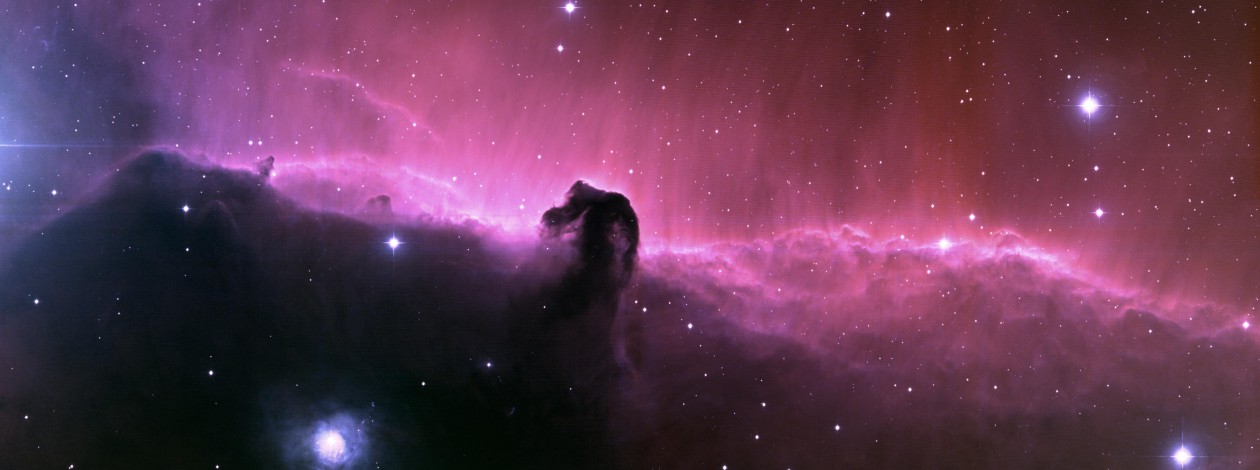For the last few days sun spot group 2529 has marched across the sun’s surface and is looking right at us here on earth. Seeing how there has not been a major group like this in a while I was able to get outside and photograph, I took the opportunity for 2 days to try to get images.

So far the spot has only produced minor C class flares all directed away from earth. The following probabilities for flares are as follows : C: 60%, M: 10%, X: 1%. The guess I have is that it would pop off at least a C class due to the magnetogram looking like this :

and a close up :

That being said with he gear I have you can get decent images. I really enjoy looking at the sun. . .weird I know but you can see it waver and boil. It really changes the way you look at things from then on out. . . any way
To get my pics I used my Celestron Neximager5 and my Celestron 6se an for my solar filter I used a glass Solar filter made by Seymour Solar. For software I used Icap which came with my camera and I stacked in Registax. For the settings I tried a few settings, I used the RGB settings and that gives me a almost white disk. I personally prefer the natural look of the BY settings when capturing the sun with this filter as it gives it the familiar orange/yellow color. This is by no means a definitive guide. I just use what works for myself as this is not a solar telescope by Lunt or Coronado.
I was able to get my first almost complete disk using a few focal reducers. First the Celestron corrector/reducer it brings you down to an F/6.3 and following it up with my Orion 0.5x Focal Reducer for StarShoot G3 Imaging Cameras on the camera I was able to take the following:

I don’t think this was too bad considering with out both focal reducers I was able to take a picture of the sun in 9 mosaic shots. . . .which gets old.
Now I will go closer and closer to the spot group I think I did ok for getting some granulation. My seeing conditions were clear but hazy with low wind and med humidity.
Enjoy!

I should have rotated my camera to reflect the north is about the 10 o’clock region of the sun there. I will make sure in the future.
and even closer:

I used a X2 Barlow lens to help zoom in. I learned to zoom using lenses instead of the camera zoom. zooming using the camera zoom only blows up the pixels making images look blurry and exaggerating the pixels.











